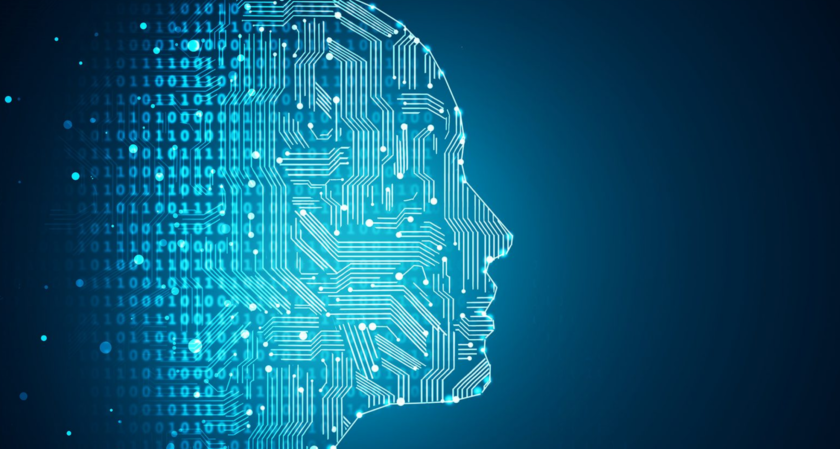M+E Daily

AWS: How Organizations Can Enhance Their DevOps With Machine Learning
Story Highlights
As development and operations (DevOps) teams mature and try to reduce complexity by adopting more standardized toolchains and workflows, while pivoting towards cloud services that embed basic infrastructure automation, the addition of machine learning (ML) capabilities can significantly help them, according to Amazon Web Services (AWS).
Although DevOps technology has evolved significantly over the past several years, it remains challenging and, for many customers, still requires too much time and expertise to implement and maintain automation.
But “you can augment your developer expertise with machine learning capabilities to really help your team to be more proactive and innovate faster,” Adnan Bilwani, senior specialist on the Builders Experience team at AWS, said Sept. 28 during the AWS Online Tech Talks webinar “Transform Your Developer Operations with ML-Powered Insights.”
“We’re living in an economy that is increasingly digital,” he told viewers. “The cloud really helps us accelerate that digital economy and, with pervasive elastic cloud resources, [organizations] can really transform and modernize themselves in ways that [were] probably not possible five years ago.”
One of the main areas that many organizations have “identified as a source of opportunity to improve their pace of innovation” is their DevOps, he said. The combination of DevOps philosophies, practices and tools increase an organization’s “ability to deliver applications and services at a high velocity,” he noted.
 The Next Step to Reduce Complexity and Automate
The Next Step to Reduce Complexity and Automate
DevOps teams are “continually looking for ways to improve,” he said. These teams, however, are no longer siloed as they once were, according to AWS.
“Machine learning is sort of the next step to reduce complexity and automate,” Bilwani told viewers. “With machine learning, you can take your automation to the next level. You can efficiently sift through all the variety and velocity of data, look for patterns that are important to you or to your organization [and find] things that may not easily be foreseen via human involvement,” he explained. “And that’s really where machine learning can really help you guys out.”
ML’s use cases include: analyzing code, looking at patterns for application quality, securing applications by identifying usage patterns, managing a large set of alarms and metrics in DevOps workflow and predicting application failure, he said.
To make DevOps data actionable by 2023, 70% of enterprises will embrace artificial intelligence (AI) and ML to improve efficiency, remote collaboration and execution, according to AWS.
Amazon CodeGuru
What was noticed by AWS teams was that they were “spending a lot of time” on tasks including “debugging performance issues in production,” Bilwani said, noting: “That’s basically where Amazon CodeGuru comes in.”
Amazon CodeGuru is a recently introduced developer tool “powered by machine learning that provides you intelligent recommendations for improving code quality and really identifying your application’s most expensive line of code,” he pointed out. It basically performs as an ML service for automated code review and application performance profiling.
Amazon CodeGuru is made up of two services. First is Amazon CodeGuru Reviewer, which he said is a “static analysis tool that really helps you prove your code quality by scanning for critical issues and identifying… hard-to-find bots, and providing the recommendations on how to remediate them.”
Amazon CodeGuru Profiler, meanwhile, “helps you to visualize your application’s most expensive line of code… at a function-by-function level” and really allows you to “see how it’s performing in production as well,” he said.
Advantages of Amazon CodeGuru are that it is: easy to use, auto detects operational issues, allows for a quick resolution, it is scalable and reduces noise, he noted.
AWS BugsBust, meanwhile, was also recently launched by the company and is a global competition for Java and Python developers to fix 1 million bugs and reduce technical debt by over $100 million, he added.









